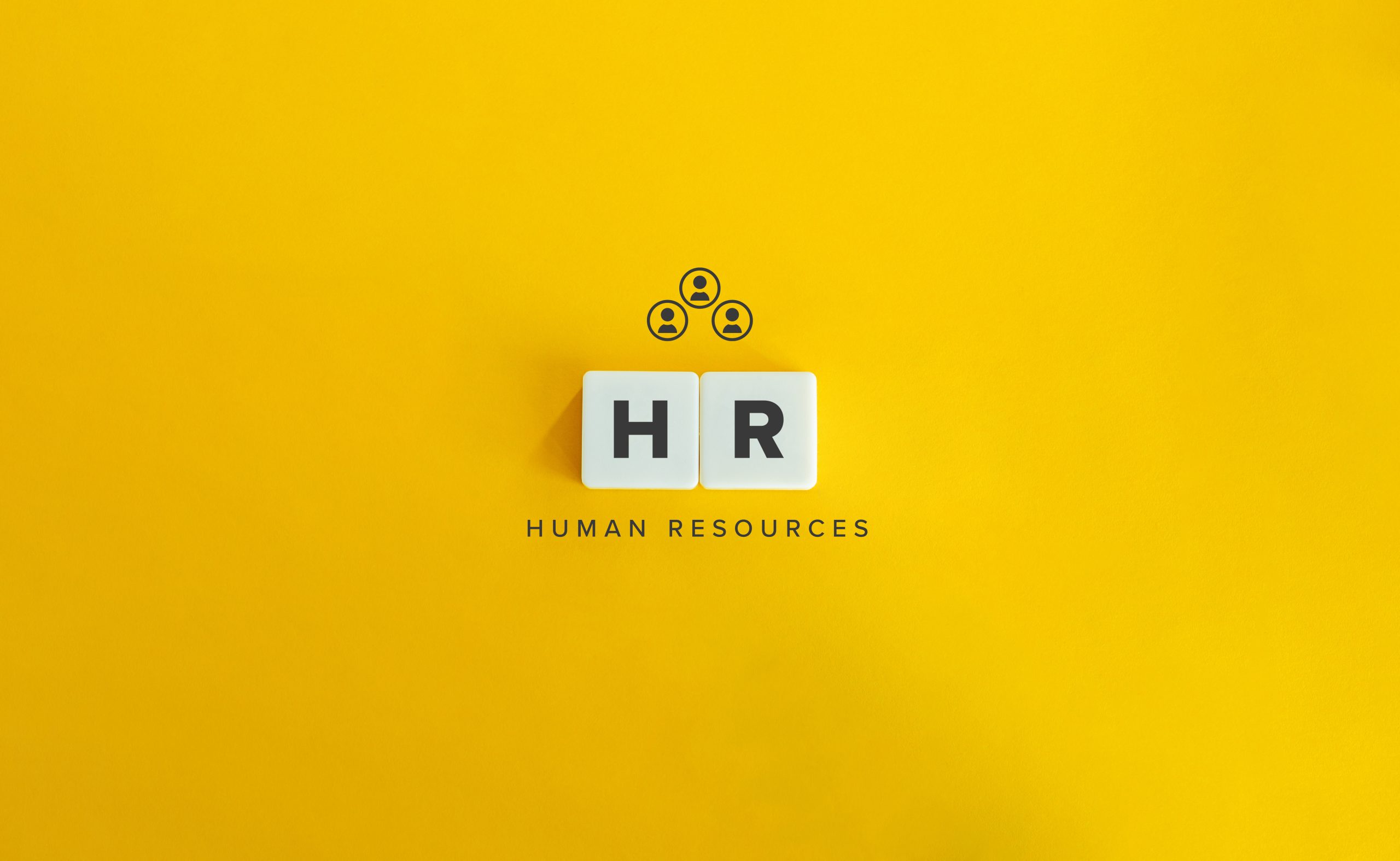The landscape of Human Resources (HR) is undergoing rapid transformation, driven by technological advancements, globalization, and shifting workforce dynamics. As we approach 2030, companies must proactively adapt to these changes by embracing outsourced HR solutions. Transitioning to outsourced HR by 2030 entails strategic planning, collaboration, and a commitment to leveraging external expertise to drive organizational success. But there are a few things that companies need to consider:
Strategic Alignment: Transitioning to outsourced HR requires a clear understanding of organizational goals and strategic objectives. Companies must assess their current HR capabilities, identify areas for improvement, and align outsourcing initiatives with long-term business objectives. By strategically outsourcing non-core HR functions such as payroll administration, benefits management, and compliance, organizations can focus on core competencies and strategic initiatives to drive growth and innovation.
Collaborative Partnerships: Successful outsourcing requires collaborative partnerships between companies and HR service providers. Organizations must carefully evaluate potential partners, considering factors such as industry expertise, service offerings, and cultural fit. Collaborative partnerships foster transparency, communication, and mutual trust, enabling seamless integration of outsourced HR functions into existing workflows and processes.
Technology Integration: The integration of technology is crucial for optimizing outsourced HR operations. Companies must leverage digital tools and platforms to streamline processes, enhance efficiency, and improve decision-making. From cloud-based HR management systems to AI-powered analytics, technology integration enables real-time data access, predictive insights, and personalized employee experiences, driving organizational agility and competitiveness.
Change Management: Transitioning to outsourced HR requires effective change management strategies to mitigate resistance and facilitate adoption. Companies must communicate transparently with employees, addressing concerns and emphasizing the benefits of outsourcing, such as increased efficiency, cost savings, and access to specialized expertise. By involving employees in the transition process and providing training and support, organizations can foster a culture of adaptability and resilience.
Continuous Improvement: Outsourcing HR is not a one-time event but an ongoing journey of continuous improvement. Companies must regularly evaluate outsourced HR performance, solicit feedback from stakeholders, and identify areas for optimization and enhancement. By embracing a culture of continuous improvement, organizations can adapt to evolving business needs, leverage emerging technologies, and stay ahead of the competition in the dynamic HR landscape of 2030.
Notably, transitioning to outsourced HR by 2030 requires strategic alignment, collaborative partnerships, technology integration, change management, and a commitment to continuous improvement. By embracing outsourced HR solutions, companies can optimize operations, drive innovation, and position themselves for sustained success in the increasingly complex and competitive business environment of the future.
What Companies Need to Consider Before Outsourcin
Before outsourcing HR functions, organizations must carefully consider several key factors to ensure a successful partnership and maximize the benefits of outsourcing.
Here are six crucial considerations to keep in mind:
- Strategic Alignment:
As noted above, before outsourcing HR, it’s essential to align outsourcing initiatives with the organization’s strategic objectives. Assess the company’s long-term goals, core competencies, and areas where outsourcing can add value. Determine which HR functions are non-core activities that could be outsourced to free up resources for strategic initiatives. Ensuring strategic alignment will help prioritize outsourcing efforts and maximize the impact on organizational success.
- Vendor Selection:
Choosing the right HR service provider is critical for the success of outsourcing initiatives. Evaluate potential vendors based on factors such as industry expertise, track record, service offerings, scalability, and cultural fit. Conduct thorough due diligence, including reference checks and site visits, to ensure the selected vendor can meet the organization’s specific needs and deliver high-quality services consistently.
- Cost-Benefit Analysis:
Outsourcing HR can result in cost savings, but it’s essential to conduct a comprehensive cost-benefit analysis to assess the financial implications. Consider factors such as upfront costs, ongoing fees, potential savings from increased efficiency, and the value of accessing specialized expertise. Compare the costs of outsourcing versus in-house HR operations to determine the most cost-effective solution for the organization.
- Data Security and Compliance:
HR outsourcing involves sharing sensitive employee data with third-party vendors, raising concerns about data security and compliance. Before outsourcing HR functions, ensure that the selected vendor has robust data security measures in place, such as encryption, access controls, and regular security audits. Additionally, verify that the vendor complies with relevant data protection regulations, such as GDPR or CCPA, to mitigate the risk of data breaches and legal liabilities.
- Communication and Collaboration:
Effective communication and collaboration are essential for successful outsourcing partnerships. Establish clear lines of communication and expectations with the vendor from the outset, including service level agreements (SLAs), reporting mechanisms, and escalation procedures. Foster a collaborative working relationship based on trust, transparency, and mutual respect to ensure alignment and responsiveness throughout the outsourcing engagement.
- Change Management:
Outsourcing HR functions can impact employees and internal processes, necessitating effective change management strategies. Communicate transparently with employees about the reasons for outsourcing, address concerns, and provide training and support to facilitate the transition. Involve key stakeholders in the decision-making process and solicit feedback to ensure buy-in and minimize resistance to change.
In conclusion, embracing outsourced HR and transitioning for Success by 2030 means that organizations must carefully consider strategic alignment, vendor selection, cost-benefit analysis, data security and compliance, communication and collaboration, and change management. They must also think about forming collaborative partnerships, and several other factors, with an eye to making continuous improvement. By addressing these key considerations proactively, organizations can make informed decisions, mitigate risks, and maximize the benefits of outsourcing HR.

